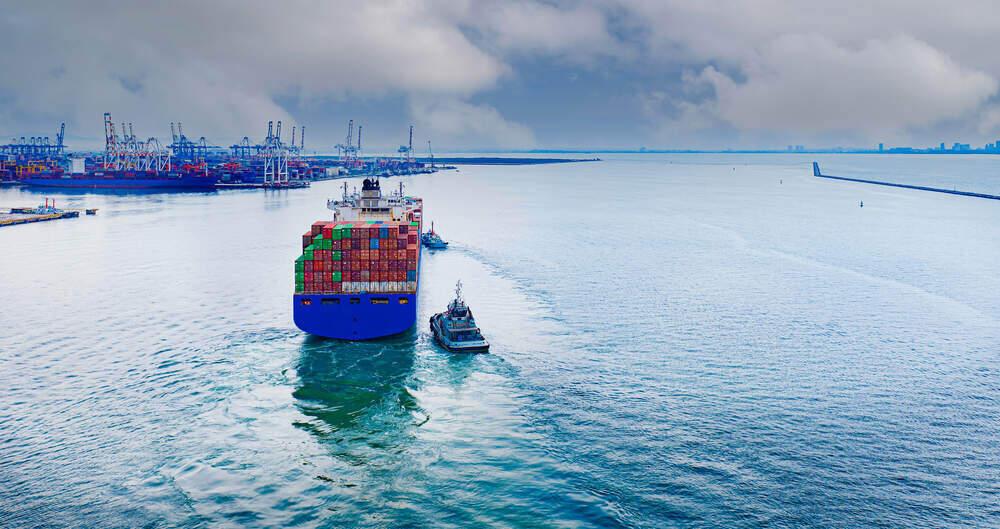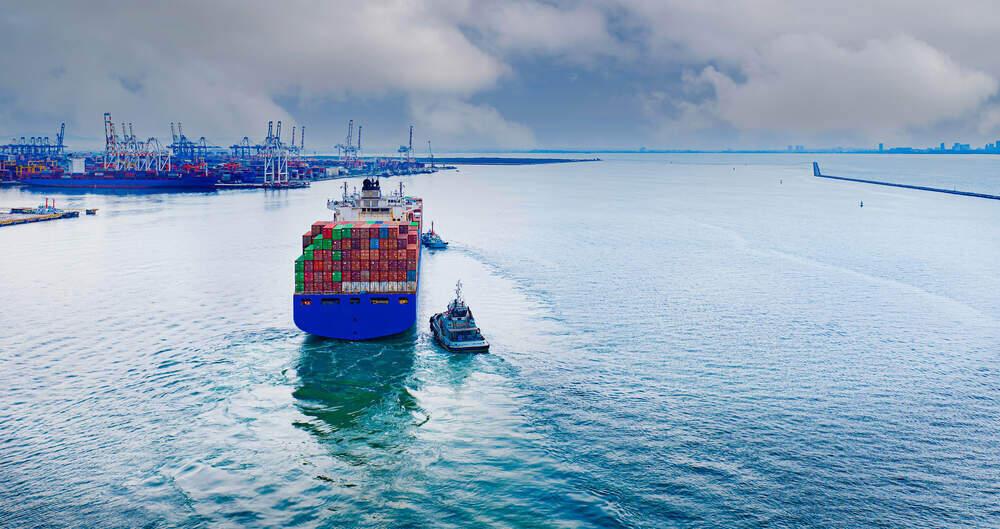How much does an international moving container cost?
Published by Chris Townsend

The average cost to ship a container overseas typically ranges between $2,000-$3,000. However, this price can fluctuate substantially based on factors like cargo volume, shipping mode (air or sea), travel distance, destination port, and the season.
International moving containers have revolutionized how we transport belongings from one country to another. Made from sturdy materials like steel, they ensure the safety of items during transit, offering a practical solution for those relocating overseas. But with varying prices, it's essential to delve deeper into what drives these costs.

Factors Influencing the Price of an International Moving Container
Several elements contribute to the cost of an international moving container. One primary factor is the distance and destination of your move. Shipping a container overseas requires coordination between various transportation modes, including trucking, shipping, and sometimes even air transport. Each comes with its own set of costs that can significantly impact the overall price you'll pay for your international move.
Another crucial determinant is the size and quantity of containers needed. The more space you require, or if multiple containers are necessary due to numerous belongings or large items such as vehicles, then this will increase your total expense. Furthermore, it's important to remember that larger containers often mean heavier loads, which could lead to higher transportation charges.
The time frame in which you need your goods transported also plays a role in determining cost. Suppose you're looking for quicker delivery times or specific delivery dates. In that case, these services may come at a premium rate compared to standard shipping timescales, where flexibility allows for lower pricing options. Moreover, additional services like packing assistance or insurance coverage will also be added to the final bill.

The Role of Moving Container Sizes in Cost Determination
The size of the moving container significantly impacts the overall cost of international relocation. Larger containers can accommodate more items, reducing the need for multiple shipments and potentially lowering costs. However, these larger units are also more expensive to rent due to their increased capacity.
Different companies offer a variety of container sizes, each with its pricing structure. For instance, some firms charge less per cubic foot for larger containers than smaller ones. This is because they can transport more goods at once with a bigger unit, making them economically efficient.
It's essential to carefully consider how much space you'll need when selecting your container size. If you overestimate and choose too large a size, you may pay unnecessarily high fees for unused space. Conversely, underestimating could result in needing additional containers or shipments - another costly mistake. Therefore, accurate estimation is integral to determining the most cost-effective solution.

Frequently Asked Questions
An international moving container is a large, sturdy box for transporting household goods and personal effects across long distances or internationally. They are designed for ocean freight and are essential for overseas moves.
The size of a moving container significantly influences the cost of moving. Larger containers can hold more items but are more expensive to rent and transport. Conversely, smaller containers may be cheaper, but you may require more if you have many belongings to move. Thus, understanding the volume of your goods can help you choose the right container size and budget accordingly.
The factors that influence the price of an international moving container include the size of the container, the distance to be covered, the time of year, and the company’s pricing structure. The destination country's import regulations and taxes may affect the overall cost.
Yes, different types of international moving containers are available to suit various needs. The most common sizes are 20-foot and 40-foot containers. Certain companies may also offer different types of containers, like open-top, high cube, or refrigerated containers, each being suitable for specific types of goods.
To determine the best moving container size for your needs, you should take a detailed inventory of everything you plan to move. This will give you an idea of the volume of your belongings. Then, discuss your needs with the moving company; they can provide guidance based on their experience and your inventory.

